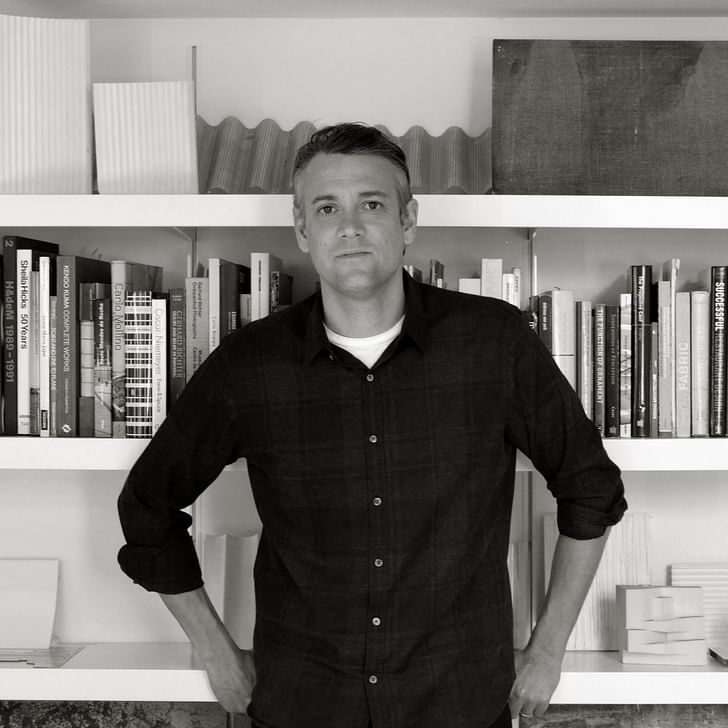

The work of Young Projects—a New York-based studio founded by Bryan Young in 2010—extends beyond just buildings, with the firm of seven designing everything from materials and prototypes, to furniture and objects. For this week's Small Studio Snapshot, we talk with the studio about the variety of their projects and how they utilize down-time to push those boundaries.
How many people are in your practice?
Currently Young Projects has 7 full-time employees, including myself, plus several collaborators in New York, Boston, London, and the Dominican Republic. In addition, we usually have 1-2 student interns for the summer.
Why were you originally motivated to start your own practice?
We began Young Projects with the hope that our design interests and services would extend beyond buildings. Initially this led to several pro-bono experiments that were site-specific installations or products for our commissioned work. For example, we designed a nickel-plated exterior light (Hive Lantern) for a roof of a loft renovation. We have recently turned a corner and have begun to market materials, prototypes, furniture and objects. The pulled plaster tiles from the Gerken Residence won product design awards from Architect Magazine and Azure.
What hurdles have you come across?
I suspect all small and emerging offices struggle with maintaining work flow relative to staffing. If a project unexpectedly goes on hold (or quickly starts), our week-to-week focus can change quickly. We use down time for internal research and prototyping and so far have been successful in making it through slower moments. The color patterning for the encaustic tiles at the Glitch House were developed as the groundbreaking on the structure had stalled. In the end, the extra time allowed us to iterate to an extent that pushed the boundaries of a relatively common material.
Is scaling up a goal or would you like to maintain the size of your practice?
We want to grow. We view Young Projects as a platform to take on an extremely wide variety of design projects. Our largest architectural project is the Retreat at Playa Grande in the Dominican Republic which consists of five structures totaling 30,000 sf. At the same time we hope to launch a line of furniture in 2018. It would be great to be a studio of 15 in the near future.
What are the benefits of having your own practice? And staying small?
Staying agile and immediately connected to all aspects of the work. While this is a benefit on a day-to-day basis, it does also limit the potential of the studio. Our most radical work has occurred as a result of delegation and collaboration rather than owning and controlling. The cast plaster prototype for our competition proposal for “The Kitchen” circled through various software and employees before being manipulated by an artisan to ultimately return to be retooled and manipulated digitally. The process pushed the limits of our small office and hopefully opened the opportunity for more ambitious work as a medium-size practice.
No Comments
Block this user
Are you sure you want to block this user and hide all related comments throughout the site?
Archinect
This is your first comment on Archinect. Your comment will be visible once approved.